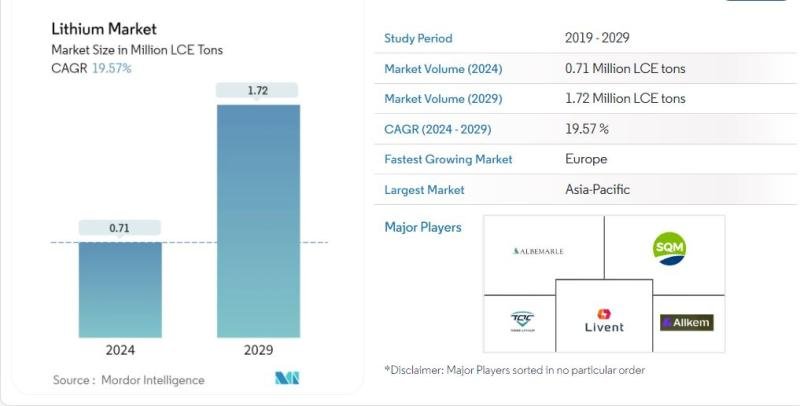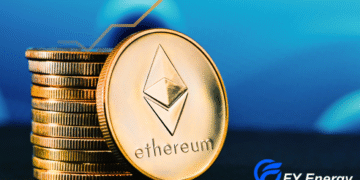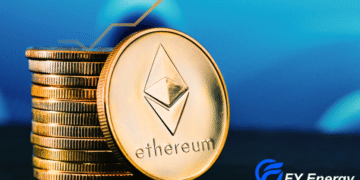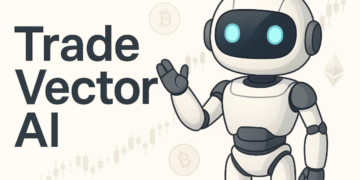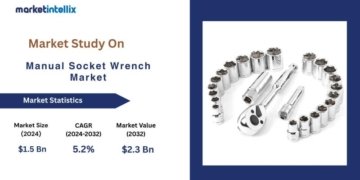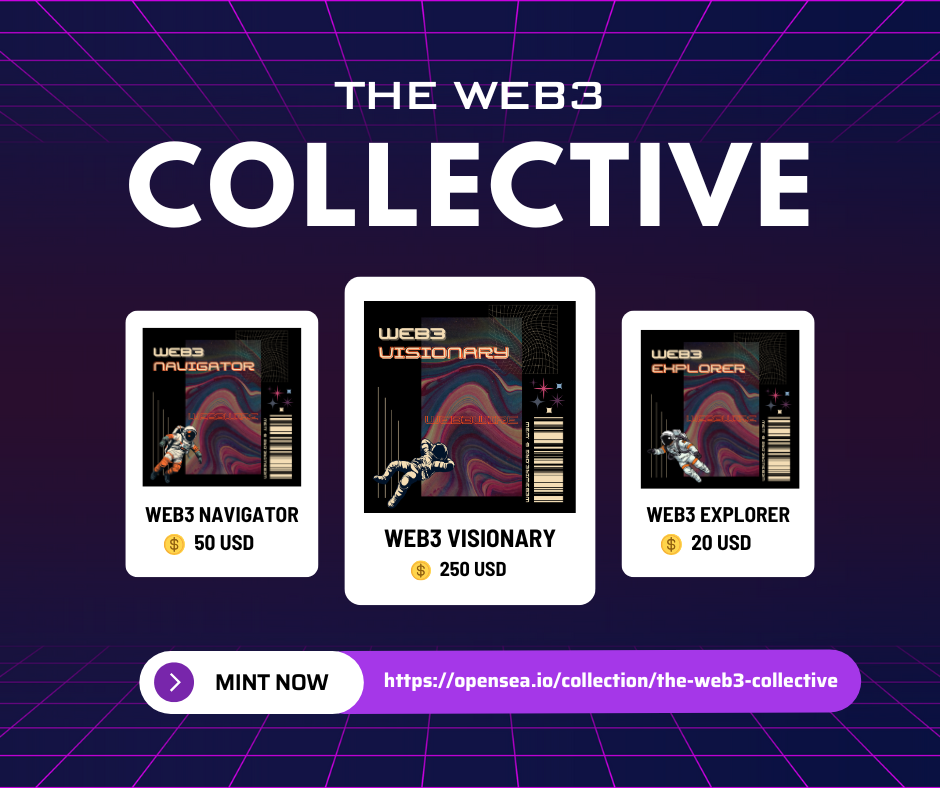Mordor Intelligence has published a new report on the Global Esports Market, offering a comprehensive analysis of Ket trends, growth drivers, and major players in the industry.
The eSports Market is projected to be valued at USD 2.11 billion in 2024 and is anticipated to grow to USD 5.27 billion by 2029, with a compound annual growth rate (CAGR) of 20.05% over the forecast period from 2024 to 2029. This growth reflects increasing demand for live streaming of games, significant investments, growing audience reach, engagement activities, and infrastructure for league competitions.
Report Overview – https://www.mordorintelligence.com/industry-reports/esports-market
Key Trends in the Esports Market
Growing Audience and Viewership : The global esports audience has expanded at an unprecedented rate, with millions of fans tuning into live events, streaming channels, and tournament coverage on platforms like Twitch, YouTube, and Facebook Gaming. By 2024, esports is expected to draw an even larger viewership, largely due to younger audiences who consume content on digital and mobile platforms. The shift in media consumption patterns is a major driver, with Gen Z and millennials viewing esports as a primary form of entertainment.
Increased Sponsorships and Brand Investments: As esports garners mainstream attention, brands across sectors-including technology, apparel, automotive, and food & beverage-are investing heavily in sponsorships and partnerships. Esports events, teams, and leagues now represent major advertising opportunities, allowing brands to connect with diverse demographics. Companies like Coca-Cola, Nike, and Intel have launched significant campaigns within the esports space, leveraging the visibility and reach esports platforms provide.
Advances in Virtual and Augmented Reality: The integration of virtual reality (VR) and augmented reality (AR) into esports is enhancing the spectator experience and player immersion. VR and AR innovations allow audiences to feel part of the game environment, while players benefit from more engaging and realistic gameplay. These advancements are likely to drive new viewership, as immersive technology offers fans and players a closer connection to their favorite esports events and characters.
Expansion of Mobile Gaming: The rapid growth of mobile gaming has made esports more accessible to a global audience. With affordable smartphones and expanding internet access, particularly in emerging markets, mobile esports is quickly becoming a dominant segment. Major esports tournaments and game developers are increasingly focusing on mobile platforms to reach new users and markets, creating further growth potential.
Rise of AI and Data Analytics: Artificial intelligence and data analytics are transforming the esports industry by enabling deeper insights into gameplay, player performance, and audience preferences. AI-driven tools are now used to enhance both training programs and fan engagement, helping teams analyze opponents’ tactics and providing fans with detailed insights into the action. This trend is also helping sponsors understand fan behavior, allowing them to tailor their marketing strategies more effectively.
Market Segmentation
The esports market is segmented by revenue source, game type, and region, each of which contributes uniquely to the overall growth and development of the industry.
By Revenue Source:
Sponsorships: Sponsorships account for a major revenue share, with brands looking to capitalize on esports’ vast and engaged audiences.
Media Rights: Media rights are increasingly lucrative as digital platforms compete to stream major tournaments and exclusive esports content.
Advertising: With a large, diverse audience, esports offers an ideal environment for advertisers to reach global viewers.
Merchandising and Ticket Sales: Revenue from merchandise sales, ticketed events, and in-person tournaments is steadily growing as esports gains global traction.
Game Publisher Fees: Game publishers play a crucial role in revenue generation, collecting fees for licensing and hosting events.
By Game Type:
Multiplayer Online Battle Arena (MOBA): Games like League of Legends and Dota 2 continue to attract significant viewership and competitive players.
First-Person Shooter (FPS): FPS games, including Counter-Strike and Call of Duty, are highly popular within the esports community, drawing large audiences for their fast-paced action.
Real-Time Strategy (RTS): Games like StarCraft maintain a niche but dedicated following in the esports landscape.
Battle Royale: Titles such as Fortnite and PUBG have gained global popularity, attracting a vast player base and viewership.
By Region:
North America: North America remains a major market due to high investment and a well-developed esports infrastructure.
Europe: European countries continue to grow rapidly, with esports teams and events gaining traction across the continent.
Asia-Pacific: APAC leads the market, driven by a massive fan base, advanced gaming infrastructure, and government support in countries like China and South Korea.
Latin America and Middle East & Africa: These regions are experiencing steady growth as esports gains acceptance and mobile gaming increases accessibility.
Get a Customized Report Tailored to Your Requirements, Visit – https://www.mordorintelligence.com/market-analysis/esports
Key Players Esports Market
The esports industry is driven by a combination of major technology companies, game publishers, and dedicated esports organizations. Key players in the market include:
Tencent Holdings Ltd.
Activision Blizzard
Electronic Arts (EA)
Riot Games:
Epic Games
These companies, along with a variety of smaller players, work collaboratively with streaming platforms, event organizers, and sponsors to support the esports industry’s growth.
Industry Related Report
Gaming Market: The Global Gaming Market is segmented by gaming type, including Console, Tablet, Smartphone, Downloaded/Box PC, and Browser PC. Market sizes and forecasts are presented in terms of value (USD Billion) for each of these segments.
To know more visit this link: https://www.mordorintelligence.com/industry-reports/global-gaming-market
3D Gaming Console Market: The Global 3D Gaming Consoles Market is segmented by component, including Hardware and Software; by console type, including Home Consoles, Handheld Consoles, Micro Consoles, and Dedicated Consoles; by platform, encompassing Microsoft Xbox, Sony PlayStation, and Nintendo Wii; and by geography, covering North America, Europe, Asia-Pacific, and the Rest of the World. Market sizes and forecasts are provided in terms of value (USD million) for each of these segments.
To know more visit this link: https://www.mordorintelligence.com/industry-reports/3d-gaming-console-market
Gaming Accessories Market: The report covers the Gaming Accessories Market size and outlook, segmented by product type, including Gamepads/Joysticks, Gaming Keyboards, Gaming Mice, Gaming Headsets, and Virtual Reality Devices; by device type, including PC (Desktop and Laptop), Gaming Consoles, and Smartphones; and by geography, covering North America, Europe, Asia Pacific, Latin America, and the Middle East & Africa. Market sizes and forecasts are provided in terms of value (USD) for each of these segments.
To know more visit this link: https://www.mordorintelligence.com/industry-reports/gaming-accessories-market
For any inquiries or to access the full report, please contact:
media@mordorintelligence.com
https://www.mordorintelligence.com/
About Mordor Intelligence:
Mordor Intelligence is a trusted partner for businesses seeking comprehensive and actionable market intelligence. Our global reach, expert team, and tailored solutions empower organizations and individuals to make informed decisions, navigate complex markets, and achieve their strategic goals.
With a team of over 550 domain experts and on-ground specialists spanning 150+ countries, Mordor Intelligence possesses a unique understanding of the global business landscape. This expertise translates into comprehensive syndicated and custom research reports covering a wide spectrum of industries, including aerospace & defense, agriculture, animal nutrition and wellness, automation, automotive, chemicals & materials, consumer goods & services, electronics, energy & power, financial services, food & beverages, healthcare, hospitality & tourism, information & communications technology, investment opportunities, and logistics.
This release was published on openPR.
